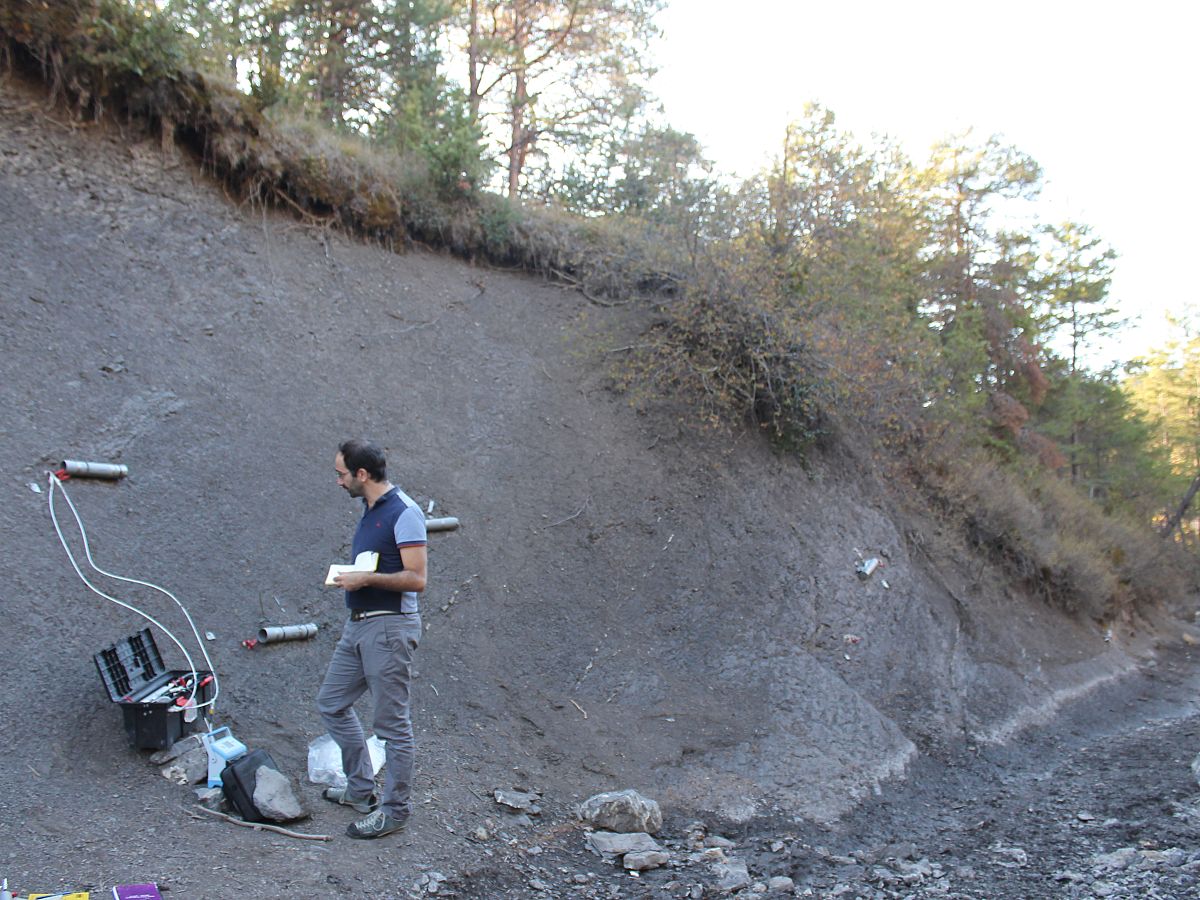Professor Robert Hilton from our Department of Geography has found a missing link in the natural carbon cycle through the study of rocks.
The study discovered that during the summer months, the rocks gave off five times as much carbon dioxide as in the winter months.
What was the study about?
Robert, alongside postdoctoral researcher Guillaume Soulet, conducted a study which discovered that sedimentary rocks, which cover 60 per cent of the earth, release carbon dioxide into the atmosphere.
The study researched the fluctuations of the release of carbon dioxide through different weather seasons, something which has rarely been researched before.
How to measure carbon dioxide in rocks
Small holes were drilled into each of the rock samples before inserting a cylinder with a tube on the end, which allowed the gas to be extracted – a process which took several hours per rock.
The gas samples were then studied at the lab to determine if the carbon dioxide had come from the rock or from the atmosphere.

Image courtesy of: Robert Hilton
Findings of the study
The study discovered that during the summer months, the rocks gave off five times as much carbon dioxide as in the winter months.
With these findings, Robert predicts that around 100 megatons of carbon dioxide is released into the atmosphere by sedimentary rocks every year but that is 100 times less than the carbon being released by the burning of fossil fuels.

Image courtesy of: Robert Hilton
